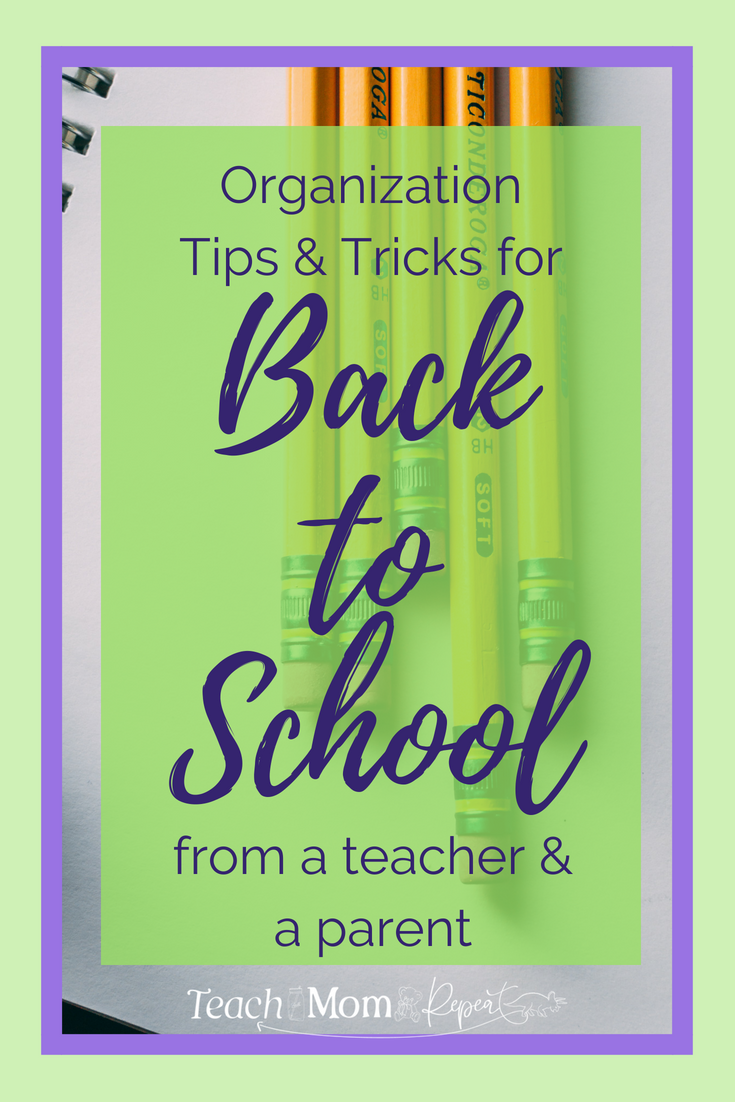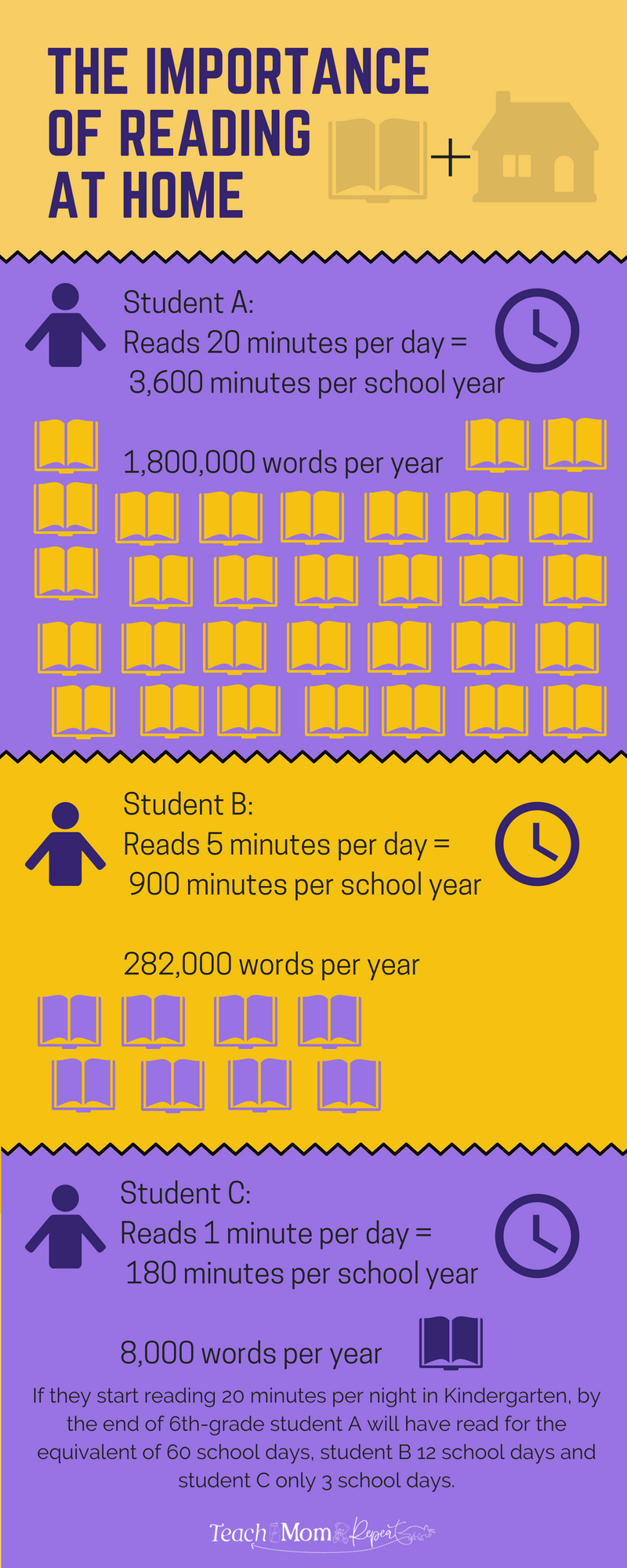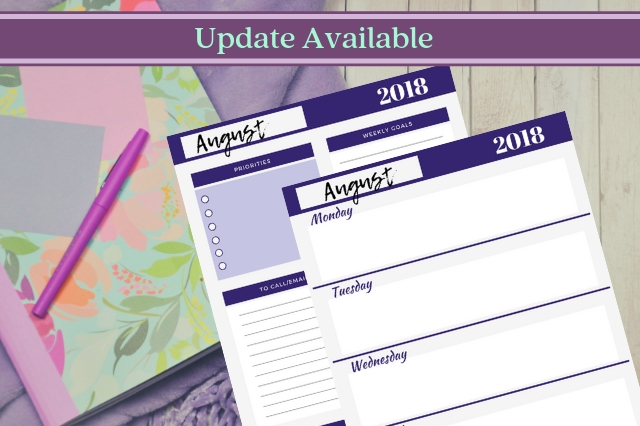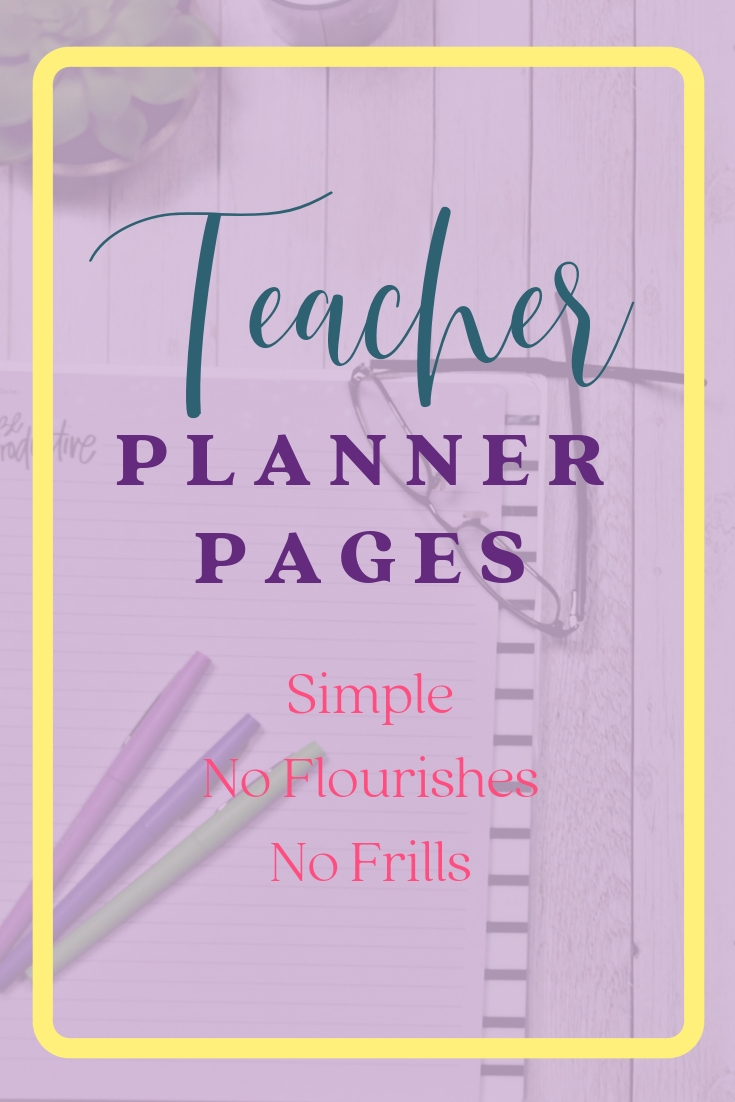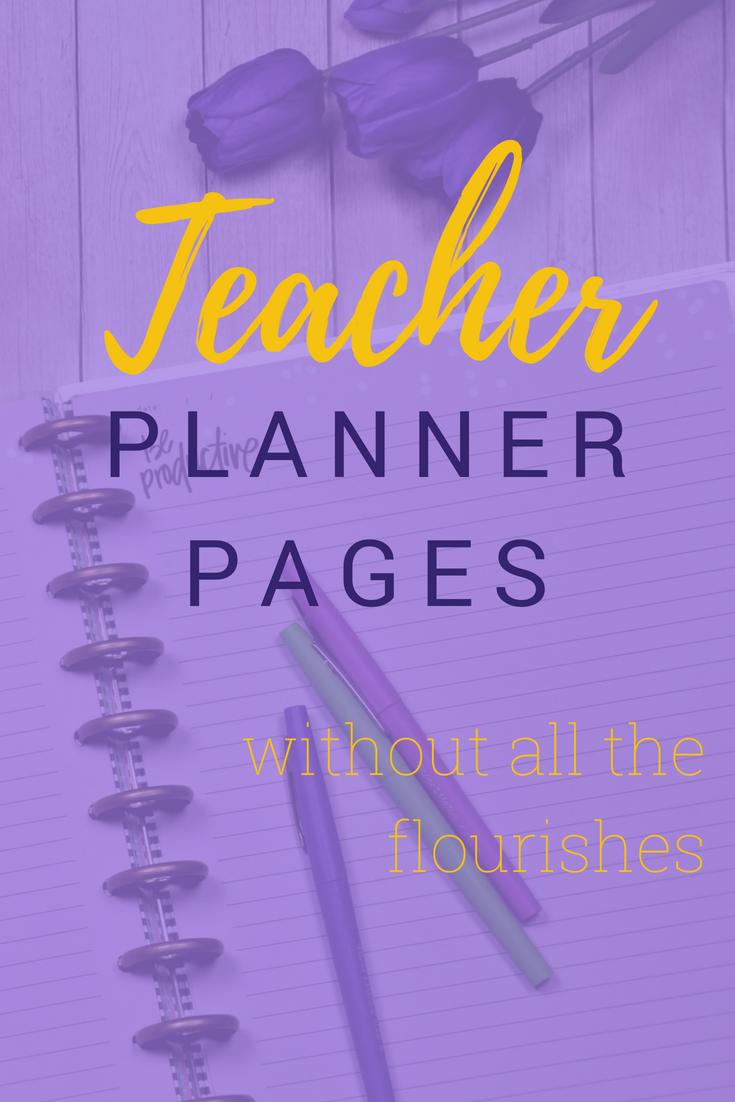
Back to School Organization Tips from a Teacher and a Parent
Summer is winding down and the stores have already stocked the shelves with school supplies. This will be my first school supply shopping trip where I will need to follow a list not created by me. My son is entering preschool in the fall. It’s adorable how he tells people he’s going to work but he really means school. #teacherparentproblems
Because this is my first time starting the school year as a teacher and a parent of one school-aged child things are a little different. My entire morning routine is going to change. The first week or two I’ll be running on those start of the school year fumes. But eventually the teacher tired is going to set in and my son’s new sleeping schedule will make him irritable making us all want to press snooze. This is why I’m putting together a Make Over Your Mornings email challenge that will begin after the Labor Day holiday. You can learn more about it by signing up below.
Organizing my mornings will only be part of what needs to change. Thankfully we won’t be looking at any homework time in the evenings with a preschooler, but some of you may be in the same boat of added “to dos” this school year. As a middle school teacher, I’m well aware of the changes that come with students starting school-sponsored sports teams. The added amount of homework. An increase in the number of academic classes and teachers to student schedules. All of these are big changes for kids, and for parents.
This is why I have teamed up with my friend Amy from Organization Boutique. As a parent of middle schoolers herself and an expert on organizing, Amy shares how parents can prepare for life in middle school. My added teacher perspective ensures you can feel confident and ready for the changes that come with starting middle school.
Why Students Need Organizational Skills
Look at how many people are searching for time management tips. It’s so much easier to learn when you are younger and have fewer responsibilities. Not to mention how it can prepare for high school, college and beyond. Many job postings want to hire people with strong organization skills. Parents and teachers can’t always remind them of what needs to get done and how to do it. Taking on responsibilities helps build self-esteem and confidence.
Organizational Skills = More Efficient + Less stress
Time Management Skills for Students
Teacher Advice: Start with the class schedule. Most districts offer a time for students to walk their new schedule. Specifically, the incoming grade that is new to the building. This is a great time for students to familiarize themselves with the school building. Take notice of the distance between classes and the student’s locker. Students should work out the times they will have to stop at their locker and which materials they will take with them at each stop.
Buying materials for middle school might look a lot different than elementary. There really aren’t a lot of supplies needed. Teachers may ask for items they will collect and use as a community supply rather than expecting students to keep track of them individually. So stick to the list! Avoid your child having extra materials that might be distracting during class time or clutter their lockers.
Parent Advice: Use a paper or digital calendar/planner to plan long-term projects and keep track of activities outside of school. Have your child schedule out their school hours, activities, chores, and any other planned events. This will help them see how much free time they have so they know where the best time to schedule homework and anything else that comes up. Have them follow the schedule for a week and then talk about how it went and make any needed adjustments. Keep doing this on a weekly basis until they are confident in their planning skills.
Stop procrastination in its track! Many parents have been up until midnight helping their student finish a project they just started that evening even though they knew about it a month before. Teach your child to plan in advance. Have your child write out all the steps they will need to take to complete a long-term assignment, then schedule each step by putting it on their calendar with a deadline.
Don’t be the alarm for your kids. This may take a lot of time and effort depending on your child’s personality. Some are naturally early risers and don’t have a problem waking with an alarm. Others are heavy sleepers or slow to wake and may need an extra loud alarm clock or to have the alarm across the room to avoid snooze.
Organizational Skills = More Efficient + Less stress Click To TweetLockers
Teacher Advice: You might be a teacher if you roll your eyes while walking down the locker decorations isle. Seriously, why do kids need carpet in their lockers? Ok, the chandelier lights are kind of cute and much more practical. The shelves that you can add are definitely a great idea! I also like the magnetic containers for holding loose pens or pencils.
Some schools, like mine, provide a color coding system for class folders. This makes it easier to organize the locker by placing materials in the order they will be needed. For example, if books, folders, and notebooks are placed together, spine facing out vertically, in the order of class period from left to right students can keep them in that order throughout the day. Each time they grab a set of materials from the left they should return them to the right. This will cycle materials keeping them in order. Using a strategy like this from the start will hopefully keep the locker clean and homework where it belongs.
Parent Advice: Learn from my mistake – buy a locker shelf to help organize the locker. When attending the orientation day before school starts, most of the locker prep revolves around learning the combination and adding decorative accessories. Students don’t have all their books yet so it’s just putting some supplies in there. I didn’t really think about how much other stuff needed to be stored in the locker and my son’s binders and folders were destroyed because he needed to stack so much in it. He literally brought one “binder” home at the end of the year and it was just the front cover.
Extra Clothes and Lunches
Teacher Advice: Most schools will provide or suggest students keep a daily agenda. It’s a good idea to mark each day that will require Gym clothes or sports practice clothing. Especially considering these are not always year-long activities. Seasons change, quarters change. It’s important to have these dates marked ahead of time.
Another question to ask on Open House nights is where to keep extra bags at school. For example, our football players have a special place to keep all their pads and equipment during the school day until it’s time for practice. If the bag isn’t going to fit in their locker find out what the expectation is for students.
Lunchtime in middle school is often precious social time. Which is why teachers can find it effective to revoke this time as a way to motivate students to complete assignments or show better behavior in class. A working lunch doesn’t always need to be a punitive though. Encourage your child to talk about what lunch looks like for them. Everyday! It can change every day.
Parent Advice: Middle-schoolers should be responsible for remembering to take gym/sports clothes to school and to bring them home for washing. Have your child create a checklist posted to the door they exit. It serves as a double-check that they have everything for school and after-school activities without you needing to remind them.
You may want your kids to plan out their outfit the night before or the beginning of the week. So far my kids have been pretty drama-free with clothing but I remember stressing out about school clothes. Pre-planning can help but it’s not a miracle-worker. Sometimes preteen/teen hormones win.
Middle schoolers are old enough to be able to pack lunches on their own. Just double check that it’s not filled with Doritos and Oreos!
Setting up lunch prep areas in the pantry and fridge with pre-portioned servings will help make packing lunches easier. Your child can help prepare the portions at the beginning of the week. They are more likely to eat it if they’ve helped in the process.
Homework Tips
Teacher Advice: Homework is a hot topic in many educational conversations right now. There are a number of schools that have created homework policies. Anything from expecting a specific amount per week to absolutely no homework should be assigned. My best advice here is to know what the homework policy is for your child. It might be a building policy or it might be that each teacher has their own. Be sure to pay attention to that first week of school papers or emails teachers are sending home. As an English teacher, I will plug here for reading every day, regardless of the homework assigned.
A few questions to ask teachers: When is there time to complete unfinished assignments? Is this scheduled every day or does it need to be scheduled when needed? Some middle schools may still have study hall included in their master schedule. We do not. If students are behind on assignments and are not completing them at home they would need to schedule work time with that teacher. It might be before school or after school.
Parent Advice: Using a planning system will help your child identify time available for homework and plan out longer projects. Just because they know they have time available, doesn’t guarantee they will actually do their homework. You still need to check in with your child about homework every day.
It’s so important to have a distraction-free homework space. Create a homework center at home, stocked with all the school supplies your kids need to complete homework. Some supplies middle school students may need at home: pencils, erasers, pencil sharpener or extra lead for mechanical pencils, highlighters, colored pencils/markers, glue sticks, scissors.
If you don’t already, have a rule that all school materials go back in the bookbag immediately after finishing homework. Don’t let their homework clutter the kitchen table or home office. They will likely forget stuff at home if it’s not put away right away.
Interested in additional tips? Check out How to Organize and Prepare for Back to School or Parents: How to help your middle schooler (and you) navigate this season
If you have any of your own advice that would help please share it in the comments. Good luck this school year!

